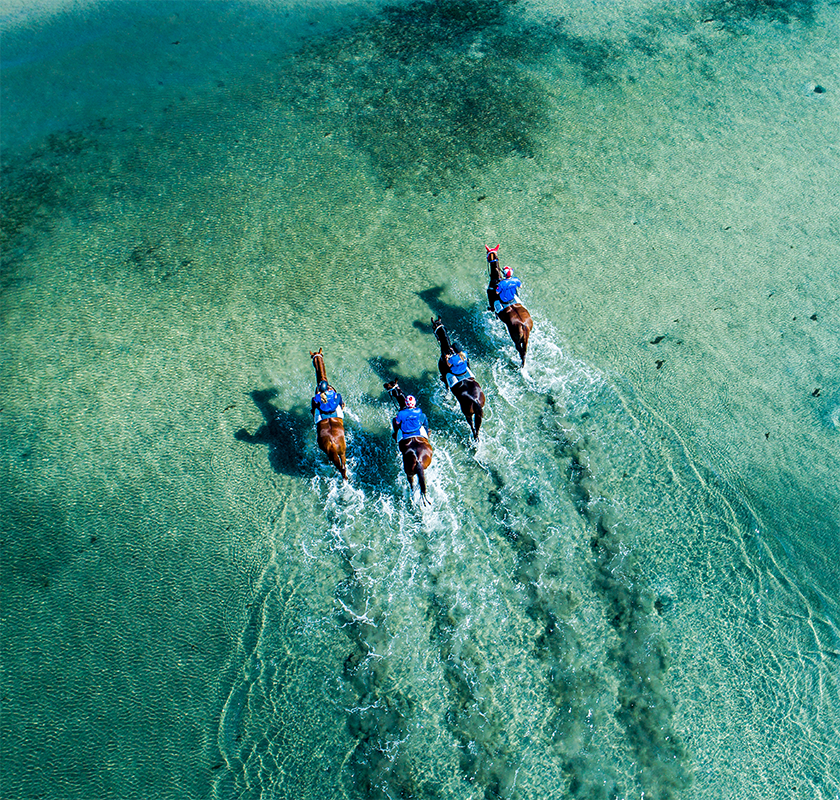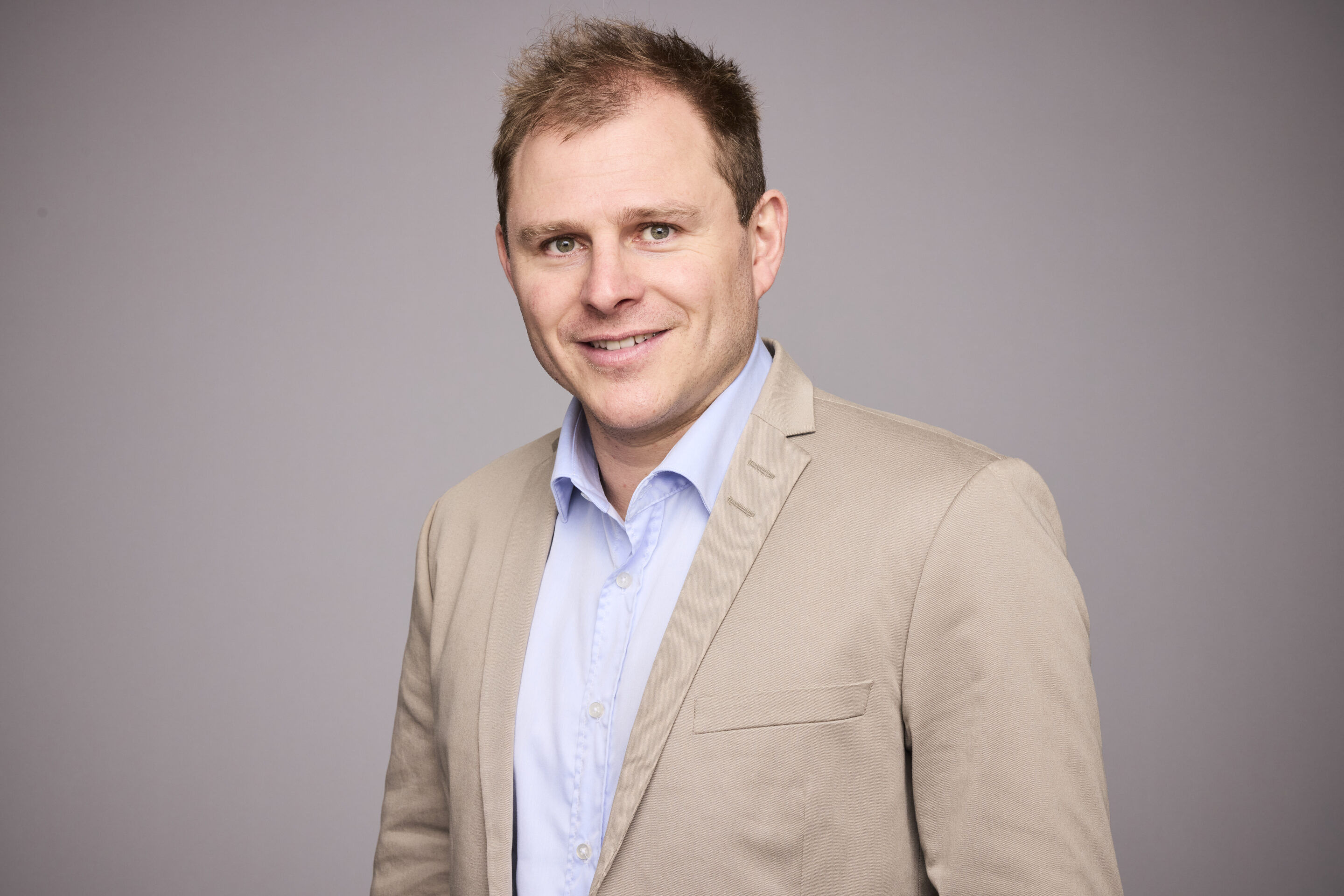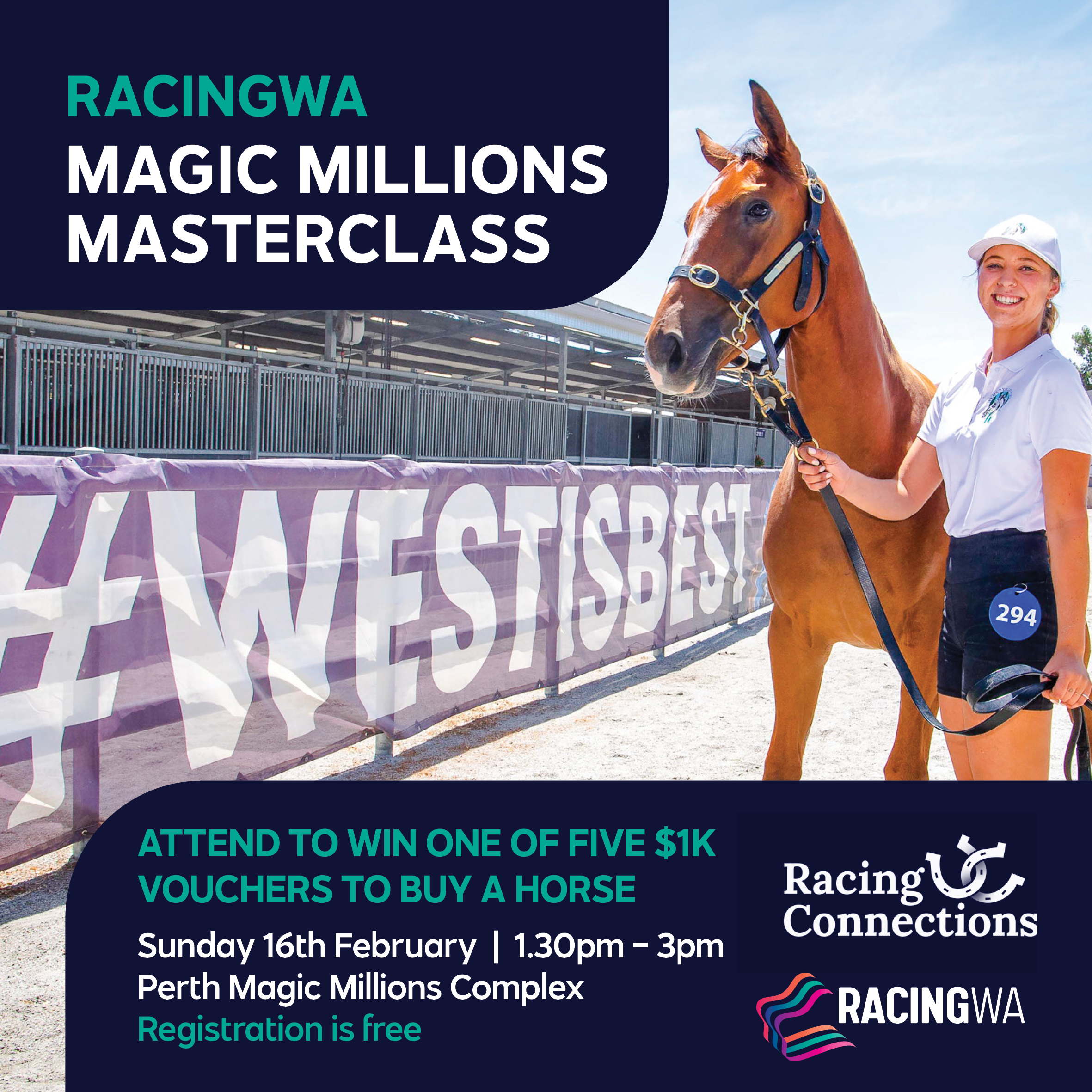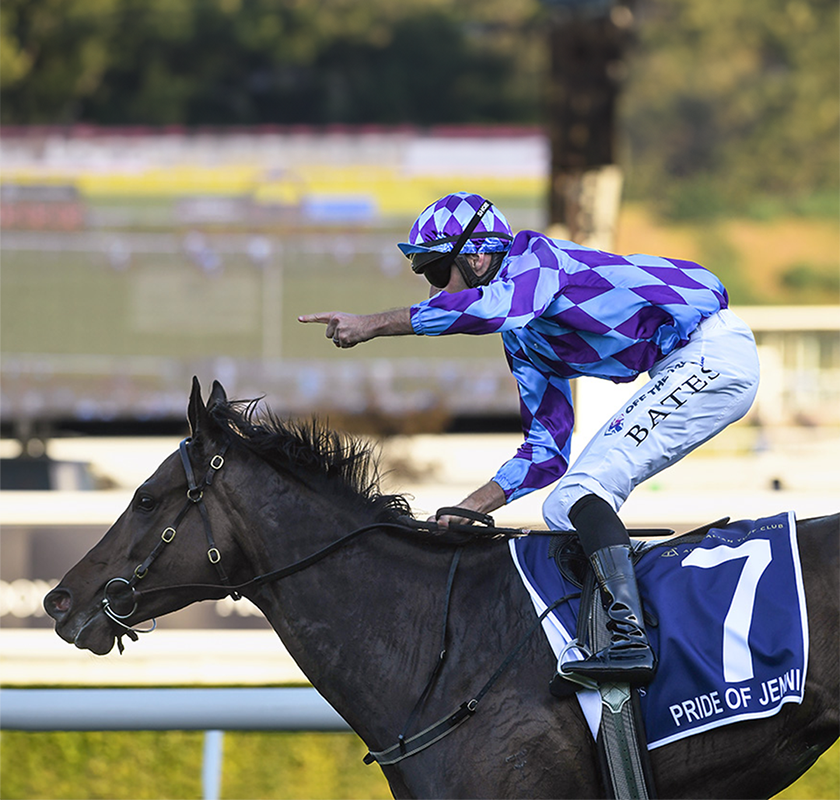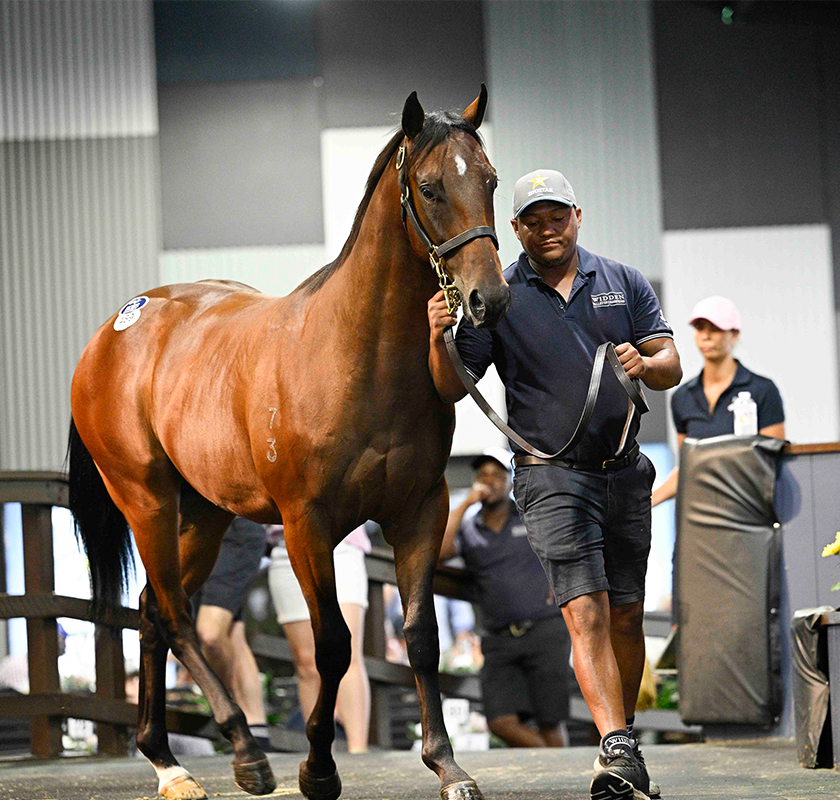Opportunities Galore
Australian trainers have access to some of the most diverse and unique facilities in the world, from bush tracks to coastal waters, helping them develop world class athletes.
Australia is home to more of the best racing than any other jurisdiction – a fact borne out by it hosting more of the highest-rated Group One races than any other country in each of the past four years.
The way horses are trained has evolved based on the facilities available to trainers and the pattern of racing, which sees race meetings held on 364 days of the year. While most thoroughbreds are kept at centres that are part of, or adjoining racecourses, trainers have adapted their routines to ensure horses are given the opportunity to thrive no matter their constitution.
British expatriate Matt Cumani, who worked as assistant to his English Derby winning father, Luca, as well as Todd Pletcher in America, says the biggest difference from the Northern Hemisphere is the way in which horses are campaigned and then rested during what Australians call “spells.”
“In Australia, we have a much more varied approach, and we’re willing to try all sorts of different things with horses – ranging from how a horse is campaigned, usually with a spell in their preparation” says Cumani, who saddles one of the favourites for the VRC Derby at Flemington on Saturday.
This is also an observation from Michael Kent Jnr., who spent a year working for William Haggas in Newmarket before returning to Australia and joining a training partnership with Mick Price, one of Melbourne’s most successful handlers.
“There are several key differences in the way we prepare horses here vs overseas. For example, in Europe a horse might be stabled with a trainer for the whole season without being sent out to spell,” explains Kent Jnr.
“Whereas here in Australia, we typically spell our horses 2-3 times a year. The difference largely coming down to our racing programs dictating more frequent racing with less time between runs and our better weather.
Kent Jnr., son of a Group One winning trainer, explains that some horses can gain up to 40 kilos while out spelling, a period which also allows for skeletal repair.
“When we send horses out it’s a great chance for them to get their head down in green grass and recuperate and refuel. Some horses you might see put on 30-40 kilos during six weeks off; we also like to take off their shoes, giving their feet a chance to grow and these spells are also essential in allowing their bones to remodel and repair before we commence training again.”
But even while horses are in work under the care of their trainers, they are often exposed to far more than simply working on a track.
At both Price and Kent’s main stables – Cranbourne in Victoria and Rosehill racecourse in New South Wales, every horse is swum once or twice a day. The pair also have two satellite bases on the sandy coast in Victoria, allowing horses to be exercised daily on a beach.
“They are ridden on the deep sand to avoid concussive surfaces and it really suits some horses that might not thrive as well at a major training centre,” explains Kent Jnr.
Another regular part of the training regime with Price and Kent is for horses to be sent out for 4-5 days following a run, with a number of nearby farms providing facilities that allow a horse to be kept in a paddock during the day and also exercised on a water-walker before being rugged up in a stable at night.
“It’s a great way to recover, particularly from a tough race and it helps them bounce back a lot quicker,” says Kent Jnr.”
Cumani, who trains at Ballarat in regional Victoria, which has a variety of training surfaces including a Polytrack, sand and grass gallops as well as a hurdle lane, still regularly sends his horses for a week to be trained at a beach during their prep to freshen them up. Other options he uses are sending his horses to pre-trainers to spend a week doing arena work or jumping poles. Treadmills and swimming pools are also highly common in training regimes in Australia.
“I think trainers here in Australia are very open to looking at new ways to vary their training methods and keep horses sound, both in limb and in mind. As a result of moving horses between different stables and pre-trainers and spelling farms, I think Australian horses are better handled and open to learning than in Europe.”
